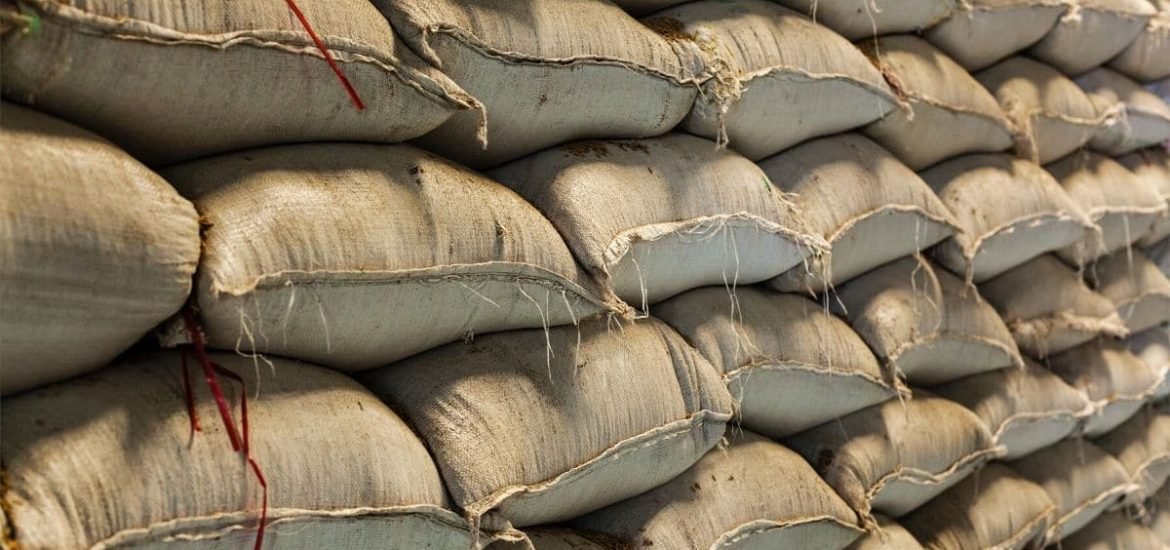
The majority of the world’s population live in countries that are dependent on, at least to some extent, imported food, according to a new study published on 17 April in Nature Food (1). This could intensify vulnerabilities during the ongoing COVID-19 pandemic as supply chains are disrupted.
Globalisation has revolutionised the food industry. Indeed, centralised food systems have enabled more efficient crop production, diversified diets, and made nutrients available for many who would otherwise go hungry. However, the current food supply chain has also created an overwhelming dependence on imported food.
The team of researchers at Aalto Univerity in Finland, in collaboration with researchers from the University of Columbia, the University of California, the Australian National University and the University of Göttningen, modelled the minimum distance between crop production and consumption that humans around the world would need to be able to meet their food demand.
They examined six staple food crops: cereals (wheat, barley, rye), rice, corn, tropical grains (millet, sorghum), tropical roots (cassava), and pulses. The analysis showed that only 27 per cent of the global population has access to cereals within a radius of about 100 kilometres. Similar percentages were found for tropical cereals, rice, and pulses. For maize and tropical roots, values were even lower, between 11 to 22 per cent.
The results indicate that local production alone cannot meet the demand for food under existing production methods and current consumption habits, explained Dr Matti Kummu, a co-author of the study.
Are we headed for a global food crisis?
The current global health crisis may prove more deadly than the virus itself, with quarantine regulations and transport issues disrupting food supply chains just some of the many factors that could worsen food security in countries that are highly dependent on imported food.
Nonetheless, the impact on food sustainability will be predominantly felt by those who are most vulnerable. The UN World Food Programme has gone so far as to warn that within just a few months we could see multiple famines “of biblical proportions” in dozens of countries.
Is local food production the answer?
Disruptions to supply chains due to the coronavirus have certainly brought into focus the often huge distances from the farm to the table and the importance of local food production. Increasing domestic food production would almost certainly decrease food waste and greenhouse gas emissions, but could also come with its own set of problems, such as water pollution and shortages in water-scarce regions.
Moreover, a lack of migrant workers in Europe and elsewhere – who often account for more than half of seasonal workers on commercial farms – could mean that, at least under the current pandemic, large quantities of fruit and vegetables are left rotting in fields anyway.
“The ongoing COVID-19 epidemic emphasises the importance of self-sufficiency and local food production,’ says Kummu. But he also emphasises that “it would be important also to assess the risks that dependence on imported agricultural inputs such as animal feed proteins, fertilisers and energy, might cause”.
Lead author Pekka Kinnunen says, “Local food supply can help reduce vulnerability to global crises”. Further, he explains: the conclusions help us understand the big picture of food systems, especially given the current situation, which he anticipates, going forward, will lead to increased pressure on governments to improve their food sovereignty.
(1) Kinnunen, P. et al. Local food crop production can fulfil demand for less than one-third of the population. Nature Food (2020). DOI: 10.1038/s43016-020-0060-7
From your research and analysis which country seemed better suited to cope with a notable disruption in supply chains and able maintain a decent level of food security?